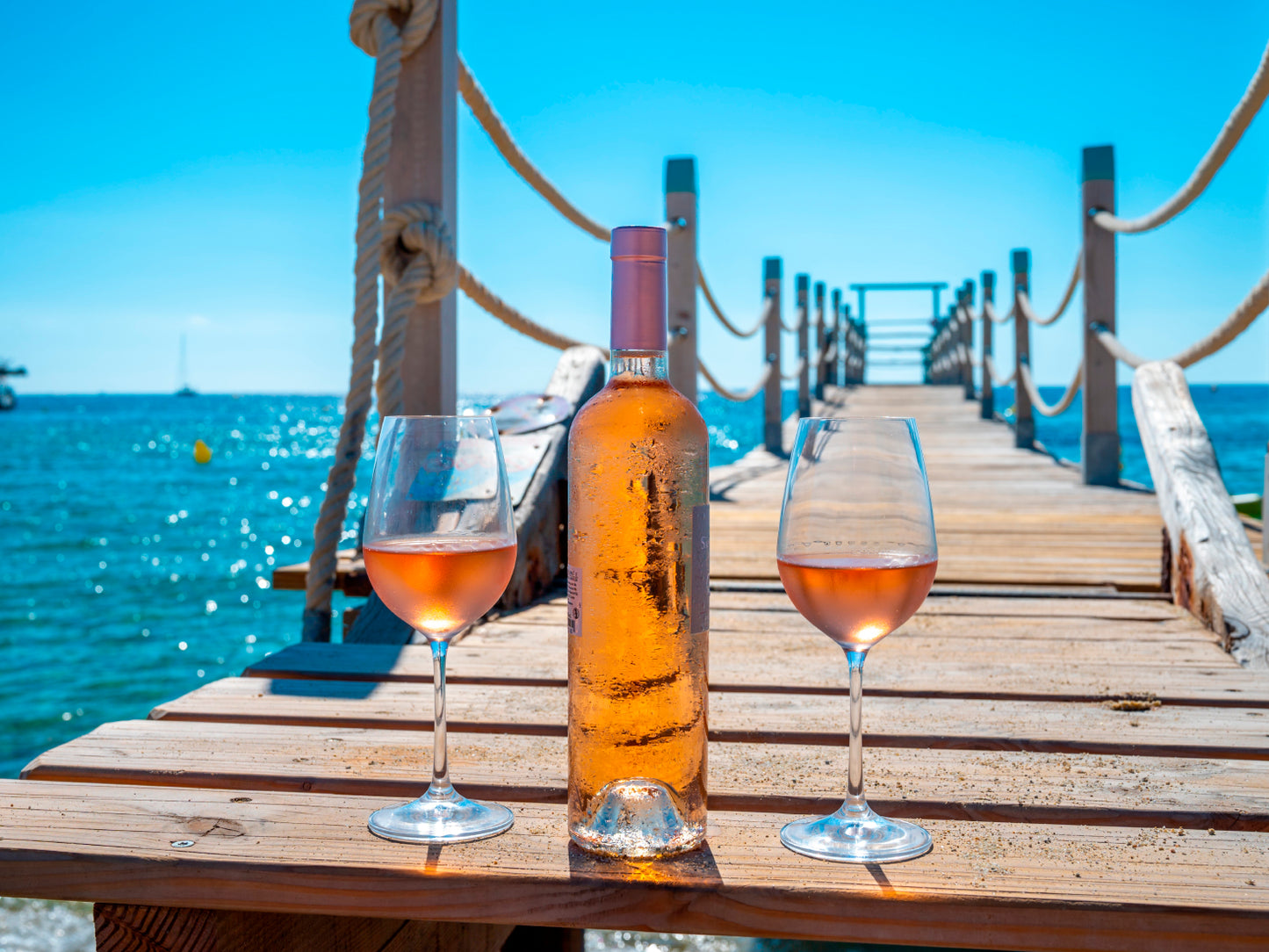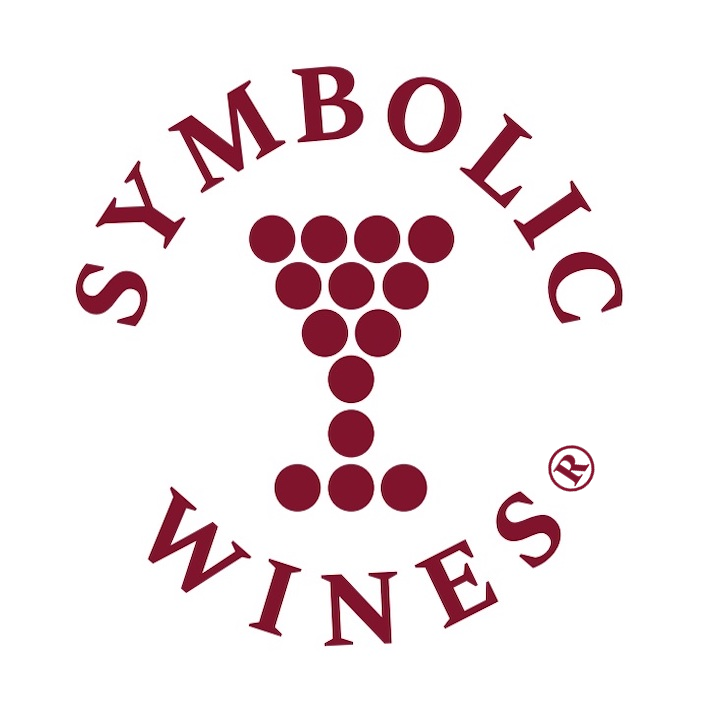
Credit to photo: Shutterstock/barmalini
Text by: Symbolic Wines
Rosé wine, known for its pink hue and refreshing taste, is made using several methods that blend elements of both red and white wine production. The process primarily involves red grape varieties, but, as it always happens in wine world, there are some amendments. For example – rose wine made of white pinot grigio. How is it possible? This variety has not white but grayish skins (“grigio” in Italian means “grey”), so, after some maceration, the juice actually becomes rose. In general, there are three main methods for producing rosé wine: the maceration method, the direct press method, and the saignée method. The choice of method for producing rosé wine significantly affects its final color, flavor, and overall character. Regardless of the technique used, the best rosés tend to strike a balance between refreshing acidity and expressive fruit flavors, making them versatile and enjoyable for various occasions. As rosé continues to gain popularity, winemakers around the world experiment with different grape varieties and techniques, adding further diversity to this beloved wine style.
Maceration Method
The most common method used for making rosé. This style is used in many wine regions across the world.
Grape Selection
Red grapes are harvested when they reach the desired ripeness.
Crushing and Destemming
The grapes are crushed slightly to release their juice while keeping the skins intact. The stems are usually removed.
Maceration
The crushed grapes are allowed to sit together for a short period, typically a few hours to a couple of days, depending on the desired color and flavor profile. During this time, the juice extracts color, flavor, and tannins from the grape skins.
Pressing
Once the desired color and flavor are reached, the juice is separated from the solids by pressing. The juice can then be transferred to fermentation vessels.
Fermentation
The juice is fermented (usually at cooler temperatures) to enhance its fresh and fruity characteristics. Yeast is added to convert the sugar in the juice into alcohol.
Aging
After fermentation, the wine may be aged for a short period before bottling. Some producers choose to age their rosé in stainless steel tanks to maintain its freshness, while others may opt for oak aging for added complexity.
Direct Press Method
This method aligns more closely with white wine production. This method produces the lightest-style roses, very fashionable in the Provence wine region.
Grape Selection
Similar to the maceration method, red grapes are selected and harvested.
Crushing and Pressing
The grapes are crushed and immediately pressed without any significant skin contact. This helps achieve a very light color and delicate flavors.
Fermentation
The pressed juice is then fermented in the same way as white wine.
This method produces lighter-colored rosés and is often used for high-quality, premium rosé wines.
Saignée Method
Also known as "bleeding" in French, this method is primarily a byproduct of red wine production. This method is popular for full-bodied deep-coloured roses, for example, from the Navarre region in Spain.
Initial Fermentation
During the production of red wine, some of the juice is "bled" off from the fermentation tank after a brief maceration period. This juice, which has taken on some color and flavor from the skins, is then used to produce rosé.
Fermentation and Aging
The bled-off juice is fermented separately, often resulting in a more concentrated rosé. The remaining juice in the tank continues fermenting into a more intense red wine due to the increased skin-to-juice ratio. This method can yield more robust rosé wines but may be less common for standalone rosé production.
